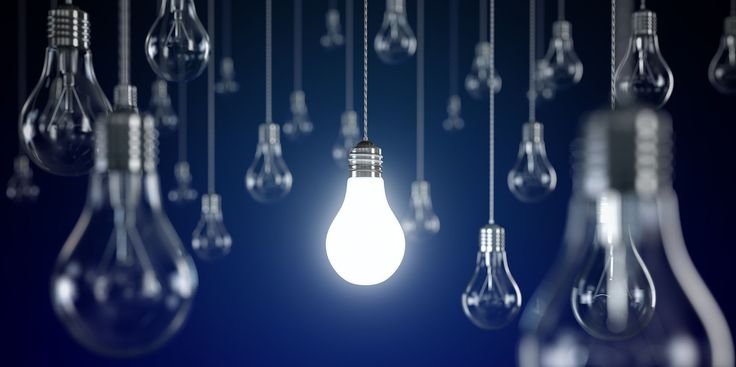Electricity is one of humanity’s greatest discoveries, transforming society and enabling technologies that define modern life. But who actually discovered electricity, and how did this journey begin? Let’s explore the key figures, their experiments, and the development of electrical theory to understand this profound discovery.
1. Early Understanding of Electricity

Although many people associate the discovery of electricity with Benjamin Franklin, knowledge of electricity dates back thousands of years. Ancient civilizations, including the Greeks, observed static electricity as early as 600 BCE. They noted that rubbing amber with fur created a static charge that could attract small objects. The term “electric” comes from the Greek word for amber, “elektron.”
In the 1600s, English scientist William Gilbert expanded this understanding by distinguishing between magnetism and electricity. His work laid the groundwork for the study of electricity, coining the term “electric force” to describe the phenomenon observed when objects attracted or repelled each other.
2. Benjamin Franklin’s Experiment

Benjamin Franklin, often celebrated for his contributions to electricity, conducted his famous kite experiment in 1752. He theorized that lightning was a form of electrical discharge and devised a risky experiment to test this hypothesis. Franklin flew a kite during a thunderstorm, attaching a metal key to the string. When lightning struck, the electric charge traveled down the wet string, producing a spark at the key. This experiment was pivotal, confirming that lightning and electricity shared a similar nature and proving that electricity existed in nature.
Although Franklin did not discover electricity in the truest sense, his work was foundational. His experiment led to the invention of the lightning rod, which provided buildings with protection from lightning strikes—a practical application of his findings that remains in use today.
3. Advancements and Modern Understanding of Electricity

Following Franklin’s work, scientists like Alessandro Volta, Michael Faraday, and James Clerk Maxwell built upon these foundations. Volta invented the first electric battery in 1800, producing a steady current that became essential for further experimentation. Faraday, known as the father of electromagnetism, discovered electromagnetic induction, which led to the development of the electric motor and generator. Maxwell later formulated the equations that govern electricity and magnetism, establishing a theoretical framework still used by physicists today.
These discoveries brought electricity from an abstract phenomenon to a practical force, allowing it to be harnessed and used as a source of energy. Today, electricity powers homes, industries, and devices, and it remains one of the most significant forces in the modern world.





